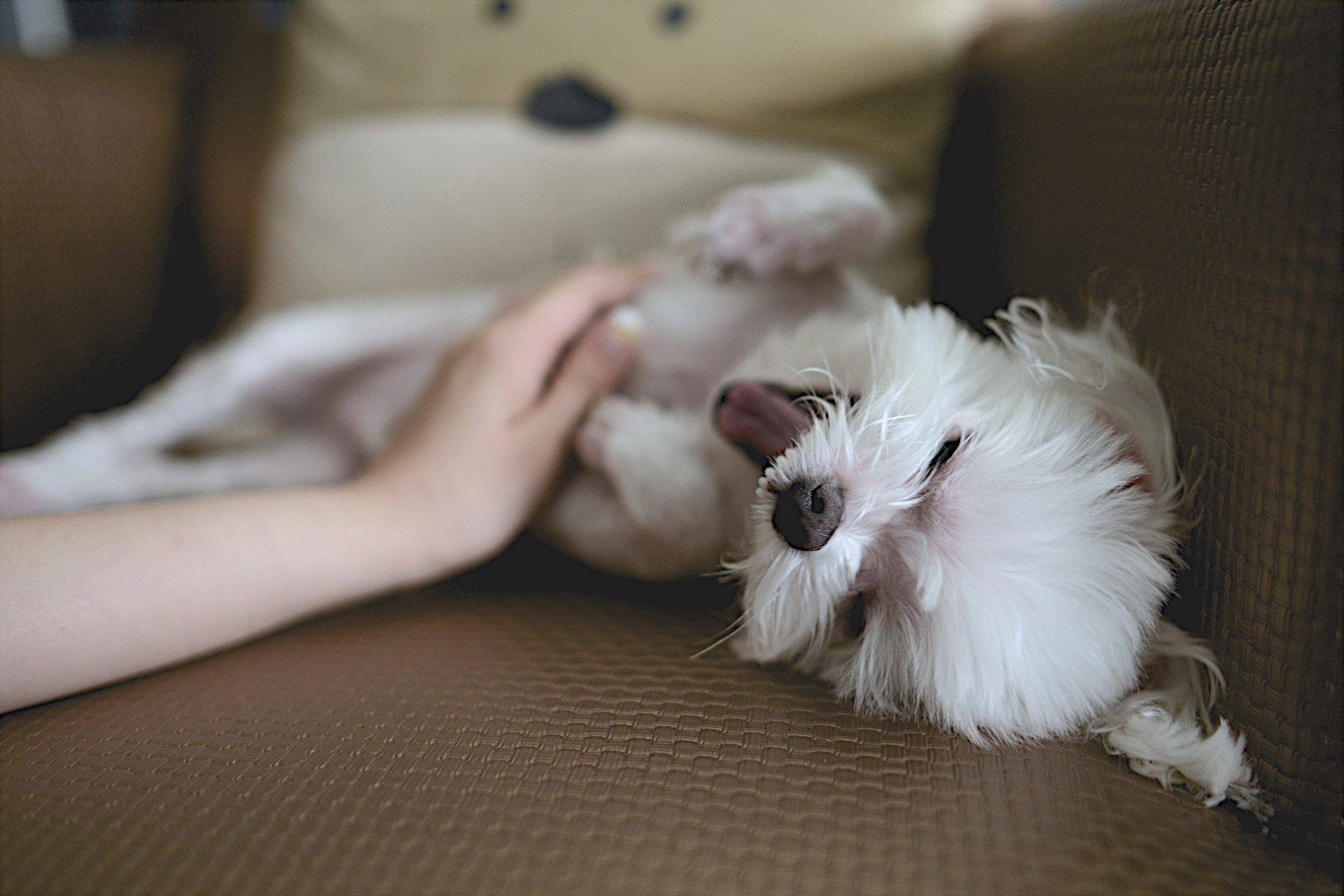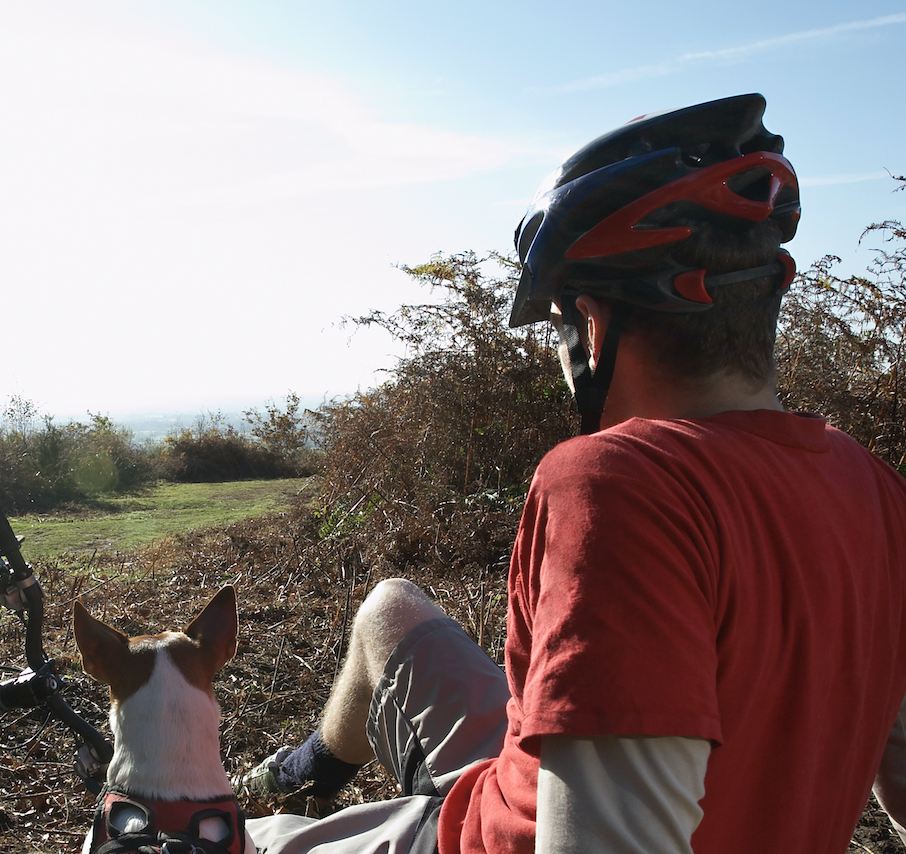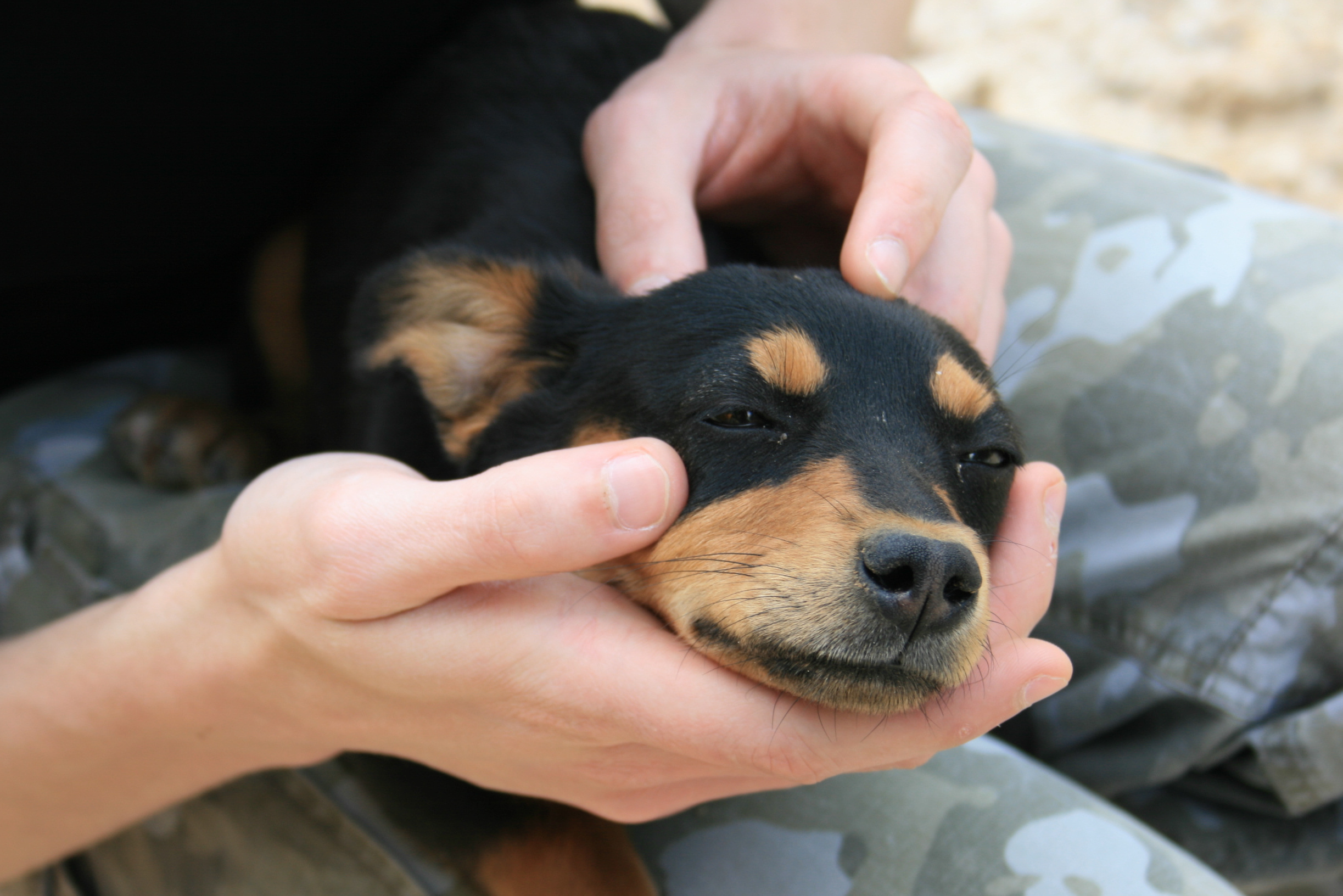
While it is generally not recommended to manually massage a dog's abdomen to help them poop, there are certain situations where this technique might be used under veterinary guidance. Some dogs that experience constipation or have other digestive problems may benefit from a bit of massaging to help them relieve themselves. You should consult a veterinarian for proper diagnosis and treatment. Please, do not massage your dog’s abdomen without consulting with a veterinarian in advance.
Each dog is unique, but the majority of veterinarians agree that one to three poops per day are the norm. Of course, this frequency can vary as your dog ages and depends on their diet. Regular pooping is important as it helps us remove waste material from our bodies which otherwise can become toxic.
Why Would a Dog Need Help With Pooping?
The answer to this question can be a few things. Dogs that feel particularly stressed due to a recent change in their daily routine may have trouble pooping. Radical changes can be moving to a new home, introducing a baby into the house, the passing of loved and other changes that have a big impact on your dog’s life.
As mentioned above, diet changes can introduce digestive problems. Dogs that lack fiber-rich food or calcium may poop only once per day or even once per 48 hours which is not healthy. You should talk to your veterinarian if you notice that your dog struggles with pooping and shows a lack of appetite.
Metabolic disorders, spinal conditions, and abnormalities in the central nervous system can affect your canine’s ability to remove waste material from their body. Cancer medication, antihistamines, and diuretics can have side effects that involve your dog’s digestive system. Make sure to learn how medication can affect your dog.
Step-By-Step Guide
Step 1: Preparation
Ensure you have a quiet and comfortable area where you can perform the massage. It's helpful to have a non-slip surface such as a training mat or a towel to keep your pooch from sliding around. You could give a massage to your dog while you are at the local dog park. Just make sure there are no other dogs around since your pet will feel particularly vulnerable while laying down.
Step 2: Calming and Relaxing the Dog
Before starting the massage, help your dog relax by providing a calm environment. Speak softly and gently to your dog, and offer treats or rewards to create a positive association. If your dog is not one to stay calm in one spot you can use kibble or some type of soft food to incentivize your dog to remain calm.
Step 3: Proper Positioning
Position your dog in a way that allows you to access their abdomen comfortably. For smaller dogs, you can place them on a table or countertop, while larger dogs can be positioned on the floor.
Step 4: Identifying the Abdominal Area
Locate the abdomen by feeling for the soft area between the ribcage and the pelvis. This is where you will focus the massage.
Step 5: Gentle Circular Motions
Using your fingertips, start making gentle circular motions on your dog's abdomen in a clockwise direction. Apply very light pressure and be attentive to your dog's reactions. If they show any signs of discomfort, stop immediately. It helps if you use a soothing and loving tone to speak to your dog.
Alternative Technique: Side Strokes
While your dog is laying on its side, apply a moderate amount of pressure with both palms of your hands on the side of your dog’s neck and slowly move toward the tail. The strokes should move from the front of the dog to the end of their body. After 2-5 minutes of this movement, let your dog get up and walk around for about 30 seconds to one minute. Call them back to you, lay them down on their other side, and repeat the side strokes.
Step 6: Observe and Repeat
Observe your dog's response during the massage. If they seem relaxed and comfortable, continue the circular motions for a few minutes. If there is no change or if your dog becomes more agitated, it's best to stop the massage.
Step 7: Monitor for Bowel Movement
After the massage, provide your dog with an opportunity to relieve themselves by taking them outside or providing access to their usual bathroom spot. Monitor their bowel movements for any signs of improvement.
It's important to understand that massaging the dog's abdomen should only be performed after you receive guidance from a veterinarian. They can provide you with specific instructions tailored to your dog's condition and advise you on whether this technique is appropriate or if there are alternative treatments available.
Potential Benefits
The potential benefits of abdominal massage for dogs experiencing constipation or other gastrointestinal issues include:
Stimulation of bowel movement — gentle massage can help stimulate the muscles of the gastrointestinal tract, potentially aiding in the movement of fecal matter.
Relaxation and pain relief — massaging the abdomen can help promote relaxation, reduce tension, and alleviate discomfort in dogs experiencing digestive issues.
Remember, it is crucial to consult with a veterinarian before attempting any kind of therapeutic intervention for your dog's digestive problems. They can offer appropriate advice, diagnose the underlying issue, and recommend the most effective treatment options.












